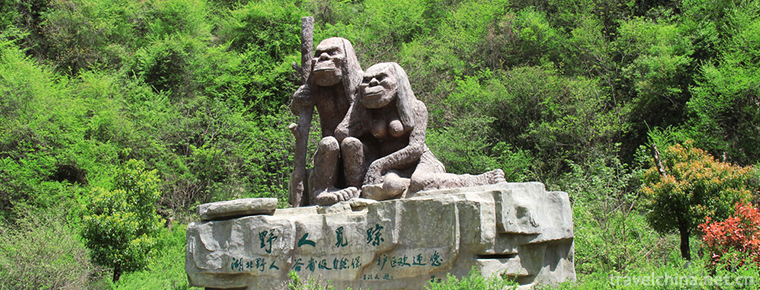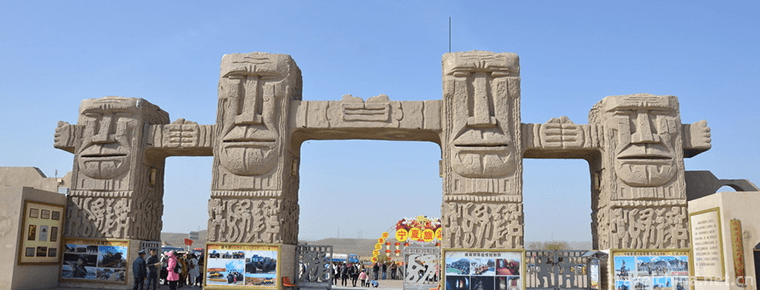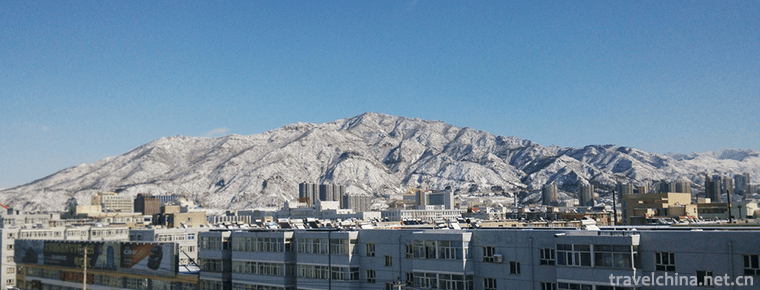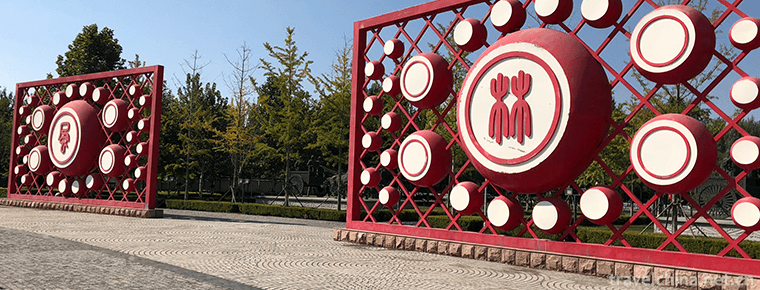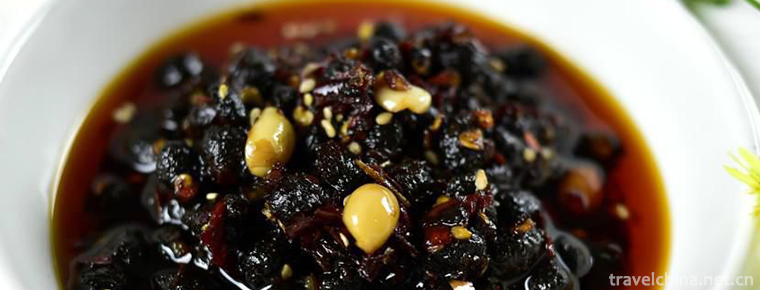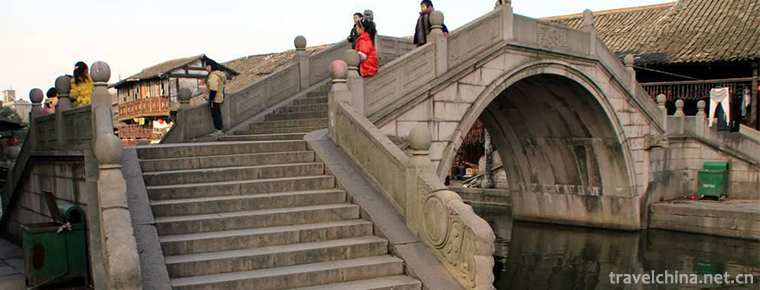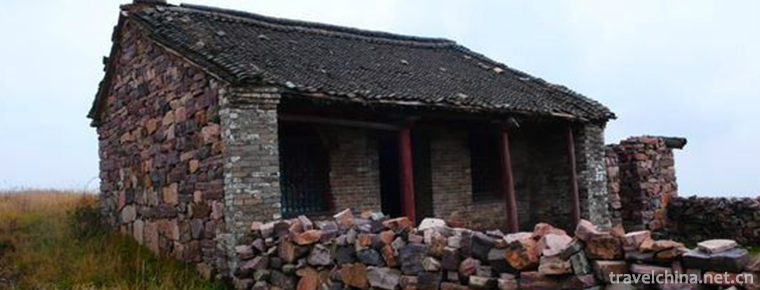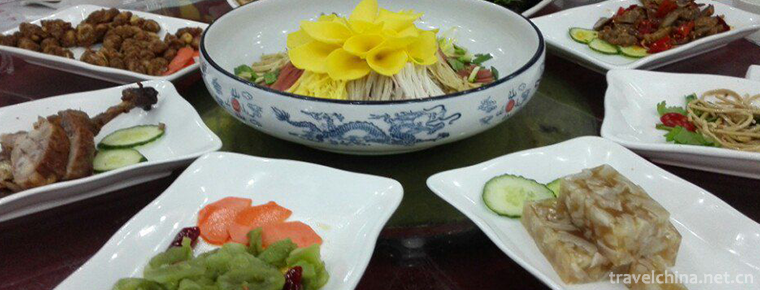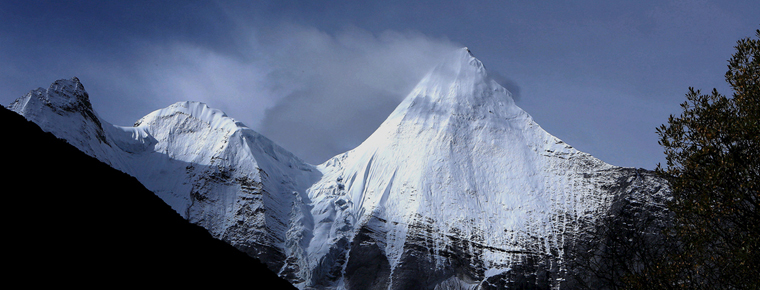Huangzhong embroidery
Huangzhong embroidery
Huangzhong heap embroidery is a kind of art that uses the techniques of "shearing" and "heap" to create images. It is mostly used in Tangka production, with Tibetan Buddhist themes as its main content. The piling embroidery in Huangzhong County has a history of more than 600 years. The piling embroidery in the Tar Temple in Huangzhong County is a treasure of Tibetan Buddhist art. It is known as one of the three greatest Arts in the Tar Temple and is well known.
On June 7, 2008, Huangzhong Pile Embroidery was approved by the State Council to be included in the second batch of national intangible cultural heritage list.
Brief introduction of embroidery
Huangzhong heap embroidery has a history of more than 600 years. It is created and inherited by the Han and Tibetan people in Huangzhong County. It combines national culture and folk art into a furnace and has great value. It combines relief and embroidery skillfully, and has high value of Arts and crafts and aesthetic value.
This is the county's tall temple butter flowers, Canadian Tibetan carpet weaving skills, Huangzhong peasant paintings, 1000-family camp platforms, but West Dewa village after the ancient game, the county's cultural skills were once again included in the provincial cultural heritage list. So far, the county has been included in the provincial intangible cultural heritage list of seven projects, including Tar Temple butter flowers and Jiaya Tibetan carpet weaving skills were also included in the national intangible cultural heritage list.
Origin of embroidery
Tangka heap embroidery has strong nationality and religion. Will it make the market of heap embroidery broader if it is used as the craftsmanship of Tangka heap embroidery to make crafts with rich life flavor? Therefore, she tried to use the composition and color matching techniques of traditional Chinese painting to enrich the themes of heap embroidery. A series of heap embroidery crafts developed soon attracted a large number of customers.
Traditional Tangka heap embroidery is different, heap embroidery handicraft is cut into various patterns and shapes by various colors of cotton, silk and satin, carefully stacked and pasted into a complete picture. The process includes pattern design, cutting, stacking and coloring of individual patterns. Generally speaking, the main part of pattern design is customer demand. Sketching is the most important step to consider the artist's painting skills. After the pattern design is completed, all kinds of cloth are cut and glued better than the pattern, and then filled with wool or cotton to make the pattern protrude. Finally, all kinds of cloth patterns are stacked on the designed large-scale cloth mantle to form a complete set of pictures, so as to achieve a static, vivid and lifelike situation. Make the picture rich and vivid three-dimensional sense and fabric unique texture sense, achieve the artistic effect of shallow relief, rich expression. The works are exquisite in roughness, wonderful in every drop, exquisite in skill and ingenuity. A pile of embroidery can be said to be a silk color relief work, which has great artistic and ornamental value.
Inheritance of embroidery
Since 2008, under the arrangement of Sunshine Office and Poverty Alleviation Office in Huangzhong County, the Tibetan Culture and Art Vocational School in Huangzhong County has successively held piling embroidery training classes for rural women in Zhenyi and Geercun villages in the western part of Huangzhong County, Gonghe Town, Xizhuang Village and Nancun villages, etc. The vocational and technical school in Huangzhong County of Qinghai Province has offered arts and crafts classes, inviting art monks from Buddhist monasteries to come to school classes for local farmers. The children taught Tangka and embroidery production techniques, which were welcomed by local farmers. Farmer women's embroidery works were purchased by Shengyu Cultural Communication Co., Ltd., a subsidiary of Huangzhong Tibetan Culture and Art Vocational School. More than 200 rural women in the county have been trained in embroidery technology.
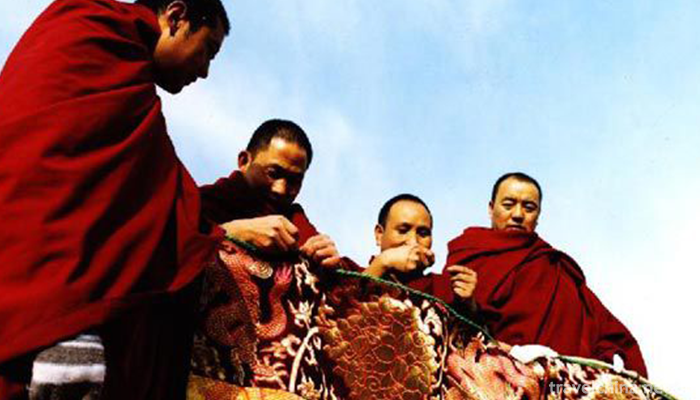
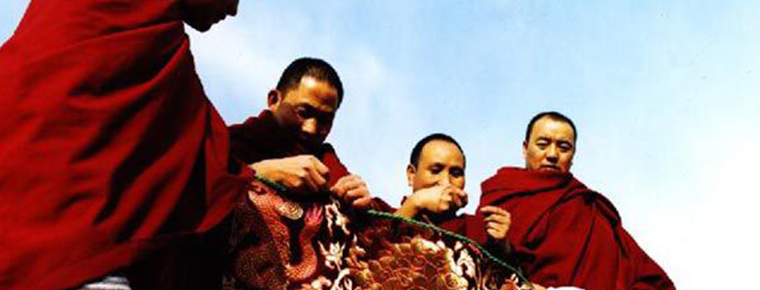
Huangzhong embroidery
-
Shennongjia Forestry DistrictHubei Shennongjia
Shennongjia Forest District, referred to as Shennongjia for short, was established in 1970 with the approval of the State Council and directly under the jurisdiction of Hubei Province.
Views: 252 Time 2018-10-28 -
Lingwu Shuidonggou Tourist Area
Shuidonggou Ancient Human Culture Site is located in Shuidonggou Village, Linhe Town, Linwu City, Ningxia. It is 30 kilometers south of Lingwu City, 19 kilometers west of Yinchuan City
Views: 199 Time 2018-12-12 -
Dajing gate
Dajinmen, the national key cultural relics protection unit. Located at the northern end of Zhangjiakou City, it was built in the first year of Shunzhi in the Qing Dynasty (1644 A.D.) and has a history
Views: 318 Time 2019-01-06 -
Jinxi ancient town
Jinxi Ancient Town is located in the southwest of Kunshan City, Jiangsu Province. It is 100 kilometers from Shanghai Pudong International Airport and 75 kilometers from Wuxi Airport.
Views: 161 Time 2019-01-29 -
Sun Tzu Cultural Park
Sun Tzu Cultural Park is located in the East New Area of Guangrao County. It has been listed in the "four batches" key dispatching and promotion projects of the Yellow River Delta High Effic
Views: 276 Time 2019-02-13 -
Brewing Techniques of Douchi
Douchi brewing has a long history in China, and the records of Douchi production appeared in Qimin Yaoshu during the Northern and Southern Dynasties. Douchi is a kind of healthy food
Views: 166 Time 2019-04-28 -
Construction Techniques of Stone Bridge
Shaoxing's ancient bridge construction techniques can be traced back to the Spring and Autumn Period and the Warring States Period. To the Han Dynasty, the stone arch bridge construction techniques be
Views: 237 Time 2019-06-15 -
The Legend of Shun
Shun was born in Zhufeng Village, Yongji County. His surname is Yao and his name is Chonghua because of his double pupils. Soon after his mother gave birth, he died. His father married a stepmother an
Views: 142 Time 2019-06-16 -
Really Different zhenbutong Making Skills of Luoyang Watermat
It's really different from Luoyang's water mat making skills. The traditional handicraft in Luoyang City, Henan Province, is one of the national intangible cultural heritages.
Views: 147 Time 2019-07-25 -
Mount sanshen
The three sacred mountains in Yading, Daocheng, are composed of three snow peaks, xiannairi, yangmaiyong and xianodoji, representing respectively Guanyin Bodhisattva, Manjusri Bodhisattva and Vajrayana Bodhisattva.
Views: 234 Time 2020-10-13 -
Shixiang Lake
Shixiang lake is named after Shixiang temple, an ancient temple in the lake area. It is said that it was the place where Yan Yan, a general of the Three Kingdoms, rode an elephant to heaven.
Views: 211 Time 2020-10-16 -
Dazhou Communications
In 2019, the postal and telecommunication business income will be 3.103 billion yuan; at the end of the year, there will be 706600 fixed phone users and 4.1544 million mobile phone users, including 177600 3G mobile phone users and 2.9382 million 4G mobil
Views: 389 Time 2020-12-20
